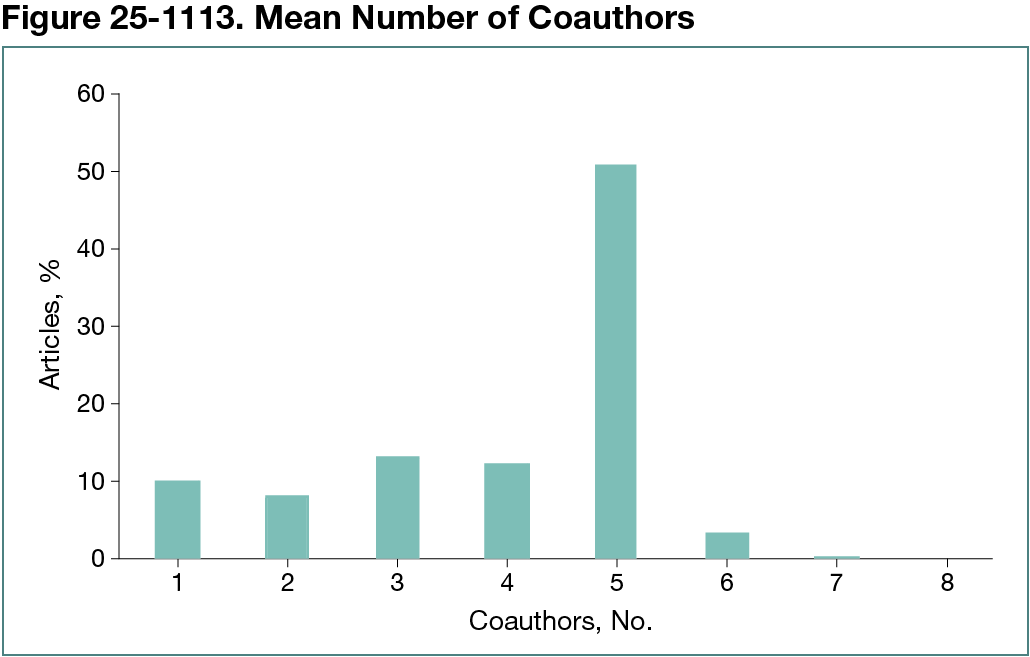Abstract
Patterns of Paper Mill Papers and Retraction Challenges
Anna Abalkina,1 Svetlana Kleiner2
Objective
Paper mills pose a significant challenge to the scientific community, yet knowledge of paper mills remains fragmented. An estimated 400,000 studies originate from paper mills,1 although only 56,000 have been retracted or corrected. This study investigated the patterns of paper-mill articles and the challenges of their retraction, using a sample from Tanu.pro,2 one of Europe’s largest paper mills.
Design
Tanu.pro creates unique emails to submit papers, often leading to discrepancies between the country domains and authors’ affiliations. Employing a snowball method, the study identified more than 60 suspicious email domains, such as tanu.pro (which gave the paper mill its title in the literature). To retrieve Tanu.pro articles, we conducted a full-text search in Scopus on these domains on December 14, 2024. Combining both outsider and insider perspectives, we analyzed the retraction challenges, focusing on Tanu.pro papers published in Springer journals. A sample of 77 Springer articles was used to examine scholars’ positions and compare the results with a control group of 77 randomly selected articles without paper-mill hallmarks but with the matching indicators (year, journal, number of coauthors). The ranks and positions of all authors in both groups were examined, where possible, at the time of submission.
Results
The study detected 1517 papers published between 2017 and 2025 in 380 journals and coauthored by more than 4500 scholars from 46 countries and over 460 universities. While a problematic email was not definitive proof of malpractice, there was evidence that some Tanu.pro papers were associated with an author number anomaly (Figure 25-1113), poor empirical analysis, irrelevant citations, data fabrication, errors, fake reviewer suggestions, compromised special issues, and translated plagiarism. The Springer articles were initially identified by authors’ emails; an additional selection criterion was the presence of suggested reviewers. Tanu.pro papers had a higher proportion of scholars occupying top university positions, such as professors or department heads, than in the control group (44% vs 30%). A problematic email as the only evidence posed challenges for action by journals when other issues are absent: 20 of the 77 Tanu.pro articles (26%) could not be retracted under current Committee on Publication Ethics (COPE) guidelines. Editors also felt more reluctant to retract when the only red flags were emails and unused suggested reviewers.
Conclusions
The study has shown that specific paper mill patterns are useful when investigating problematic articles. However, some red flags are insufficient grounds for paper retraction due to limited clarity of COPE guidelines that place some articles in the gray zone if they do not feature strong grounds for retraction. More retractable categories are necessary so that COPE members can mark dubious research more easily, eg, undisclosed third-party submission. Although our recommendations are limited by the analysis of one paper mill, COPE guidelines need regular updating considering patterns of other paper mills.
References
1. Van Noorden R. How big is science’s fake-paper problem? Nature. 2023;623(7987):466-467. doi:10.1038/d41586-023-03464-x
2. Bishop D, Abalkina A. Paper mills: a novel form of publishing malpractice affecting psychology. Meta-Psy. March 17, 2024. https://open.lnu.se/index.php/metapsychology/article/view/3422
Affiliations
1Freie Universität Berlin, Berlin, Germany, abalkina@gmail.com; 2Springer Nature, Dordrecht, the Netherlands.
Conflict of Interest Disclosures
None reported.

